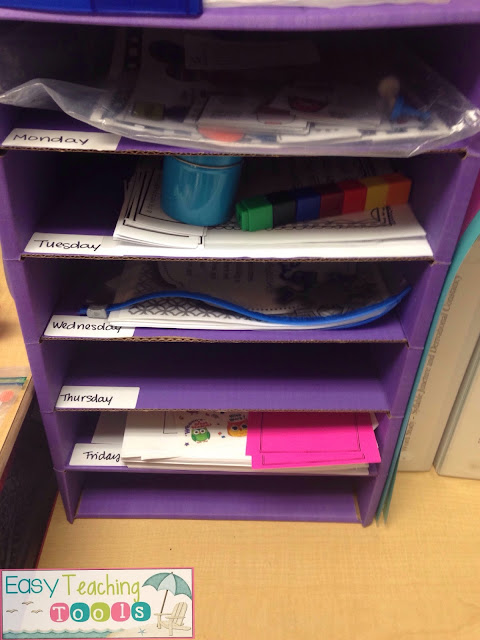Do you find yourself wanting parent help in the class but are too overwhelmed or don't know how to manage them? Do you struggle with finding things for them to do with your students that are meaningful and helpful to you? Is it hard to keep kids and parents focused on the task-at-hand. I'd love to share some tips to help you implement volunteers in the class in a way that's easy for everyone!
First, decide what you need help with. Is it copying, running a fluency group, or running reading rotations? Once you come up with a list of things you need parents to do, send a form home.
 |
| Add caption |
Then, set up a schedule. I like to e mail the schedule to my parents ahead of time in case I need to make any changes. Once we're good-to-go, I print it out and put it an area where I can easily see it!
The purpose of having parent volunteers is to reinforce the learning that's going on in class or to differentiate your kiddos. Don't give them a bunch of meaningless worksheets (totally guilty of this) or filler activities.
Here's what I have my parents do (I'm at a school with a lot of support, which does have it's own challenges. But I've been at schools with no support so I get both sides):
Monday am: Run a small group working on sight words and phonics
Monday pm: Fluency-A parent will use the Read Naturally program and have the students do a cold read
Tuesday am: Run a small group working on grammar
Wednesday am: Run a small group working on comprehension
Thursday am: Fluency- A parent will have the students do a hot read
Thursday am
Thursday am: Run a small group working on anything from above or Social Studies, Science, or Art
Friday am: A parent will give a Word Study test to each of our 5 different spelling groups.
 |
| Our fluency set up complete with color-coded groups and a folder with all of the fluency stories |
I use a little mailbox {Amazon Affiliate Link} to hold all of our weekly materials for the parent table. When I plan for the following week, I add the materials I need to our volunteer mailbox. Everything the parents need can be found there so you'll eliminate any questions. Plus, if it's done ahead of time, you won't be rushing around like a crazy person the morning of.
I leave a Parent Volunteers note with my expectations. It is important for parents to know what you expect of them and the students. I expect that the parents will make sure that all students are working quietly, being respectful, and making good choices. I leave that note out every.single.time so that they can read it.
On the other side of the note is another note that explains in detail how to run groups, how much time each group has, what to do with the word when it's done, and more!
Laminate it so it can be used all year!
My table groups are A, E, I, O, and U so I have laminated signs next to the note so parents can get those table groups in order.
 |
| front of the note |
 |
| back of the note |
I have a note for every type of volunteer so that parents can refer back to it if they need to.
{Get the editable versions here}






























































